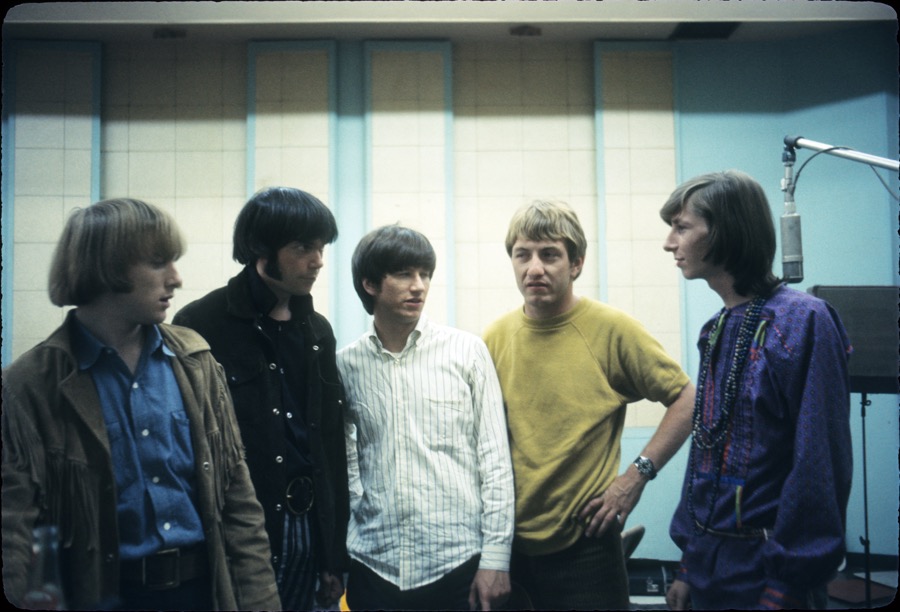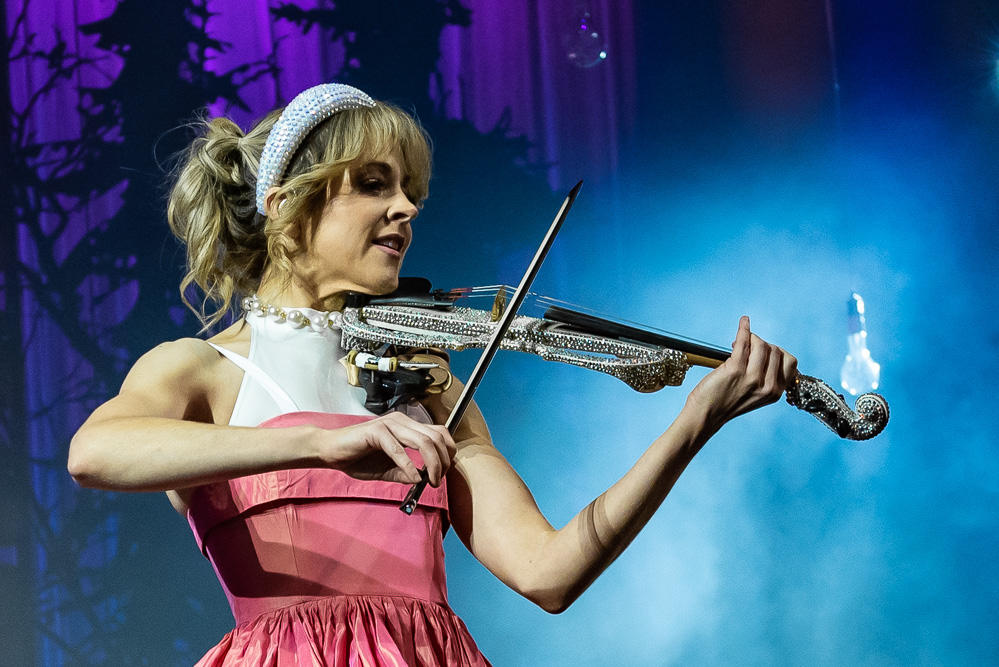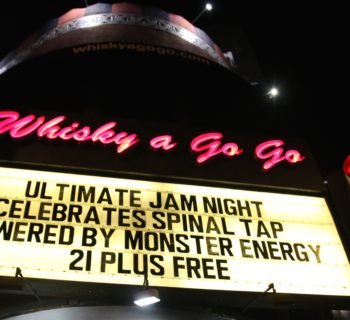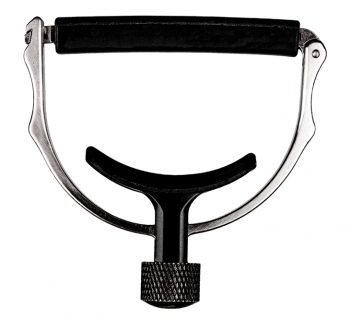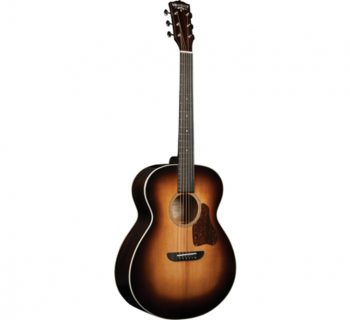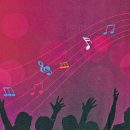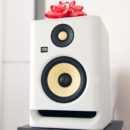Photos by Henry Diltz, Nurit Wilde
In December 1966 I purchased a mono copy of Buffalo Springfield in Hollywood at Wallichs Music City on Sunset and Vine. I witnessed Buffalo Springfield. Twice. In December 1966 with my brother Kenny at the Santa Monica Civic Auditorium, and in April 1967 inside the Hollywood Bowl.
Richie Furay: Everything happened so fast. We were young. We were new. When we did a six-week house band stint at The Whisky we thought we had no competition. It’s pretty incredible, isn’t it? Five young guys who brought five different elements together. When we put out stuff together, it was like ‘here’s what I want to contribute to your song, Stephen and Neil.’ We took elements of folk, blues, and country and we established our own sound.
It was the Byrds’ Chris Hillman who got Buffalo Springfield their first Whisky A Go Go booking, which secured a future residency at the venue during May-June 1966.
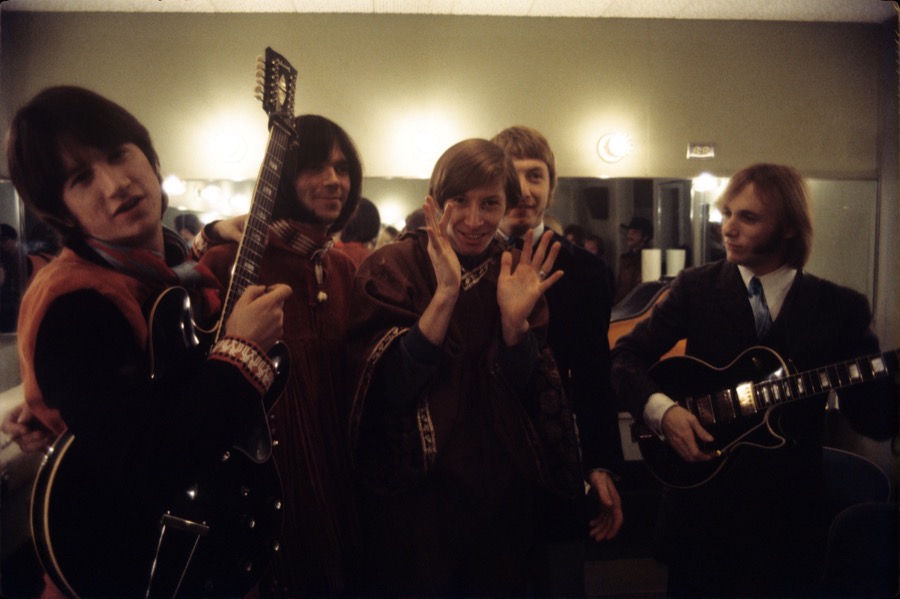
Henry Diltz: Buffalo Springfield was great on stage. My first impression of Neil Young was that he was kind of a quiet guy. Neil played so well. And that is the thing about Buffalo Springfield. You had Stills and Young on the guitars. Both of them spurring each other on and feeding off each other. Just like a good jazz group would do. One guy plays a solo and the other guy takes off from there and tries to maybe build on that. Or do something better. The two of them with dueling guitars and then Richie Furay with that amazing voice soaring above all that. And then they had harmonies, and their drummer, Dewey Martin, had been our drummer in the MFQ at the Troubadour. And Bruce was a nice guy and a phenomenal bassist.
Neil and Stephen were the sound of Buffalo Springfield, really. And then, of course, Richie Furay’s voice, you know. It was a dynamite combination. Stephen and Neil are both strong types. Neil is a Scorpio. And Neil knows what he likes. And he knows what he doesn’t like. And he’s gonna do what he likes. And he’s not gonna do what he doesn’t like. And Stephen is a Capricorn. And a Capricorn is very stubborn and tenacious. But they’re by God are gonna do what they are gonna do and feel it outta be.
Howard Kaylan: I did see Buffalo Springfield at the Whisky A Go Go. The band rehearsed in the house that Mark [Volman] and I shared in Laurel Canyon on Lookout Mountain. Richie and Stephen slept on our floor. I moved out after a failed drug bust—didn’t know if the house was being watched. Paranoid, Richie moved into my room and the group practiced and wrote there. We all knew well before they played show number one that they would be stars. In the Canyon, we were used to our friends becoming stars.
Jan Alan Henderson: Somehow, I managed to get into the July 25, 1966, Rolling Stones Hollywood Bowl gig, opening act the Buffalo Springfield. There was a trick we used to pull to get into gigs at the Hollywood Bowl. We’d hike up Outpost Drive to a street called Primrose Avenue. We’d walk to the end of Primrose, which was a dead end above the Hollywood Bowl. There were open hillsides that we would climb to the back of the Bowl, discreetly bend into the crowd, find empty seats and enjoy the show. That is, until the seat holders turned up. I don’t know if I pulled that trick, or had a ticket.
There were three opening acts before the Springfield and the Stones: the Tradewinds, the McCoys, and the Standells. This was the one and only time I saw the Springfield live. To put it mildly, I was mesmerized. Even through the screaming chicks I heard my favorite Springfield masterpieces. Not many of the hard-core Stoneheads seemed to take much notice of the Springfield, or at least that was my perception of the audience some half a century later. I dug the Stones’ performance, but in retrospect it was the last gasp of the teenybopper scene. Within three years many bands would fade. The music would change and band members would fraternize with members of other groups and metamorphose into new and improved units.
To put it bluntly, the Buffalo Springfield, despite their short life span, were an innovative force which were of their time.”
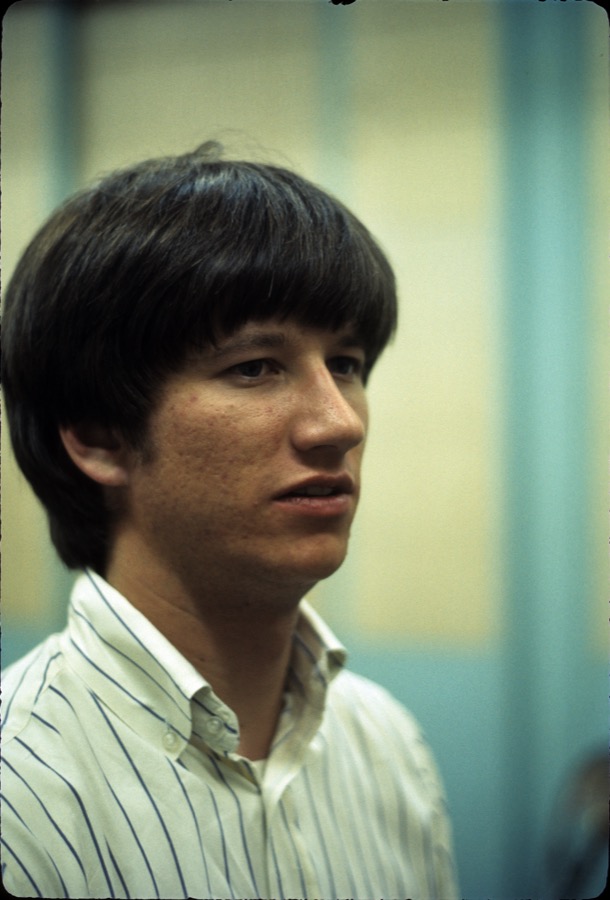
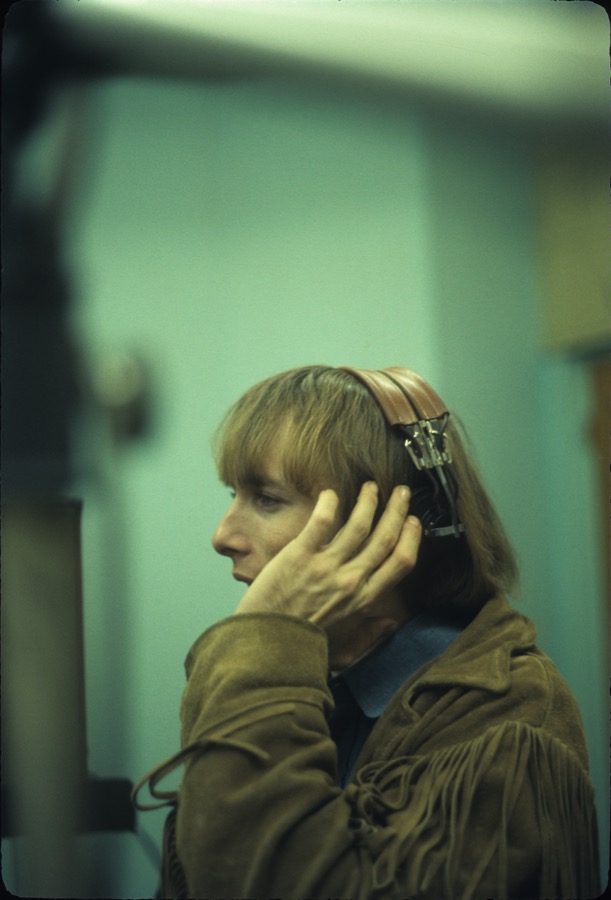
Buffalo Springfield started recording their first album at Gold Star Studios on Santa Monica Boulevard in June 1966. Engineers and owners Dave Gold and Stan Ross with staff engineer Larry Levine had welcomed recording artists from Johnny Mercer, Dimitri Tiomkin, and Eddie Cochran to Ritchie Valens, Jack Nitzsche, Phil Spector, Herb Alpert & the Tijuana Brass, Gene Page, H.B. Barnum, Brian Wilson, Michael Lloyd, Sonny & Cher, Tina Turner, Johnny Echols, James Marshall Hendrix and Arthur Lee through to the new generation
Stan Ross: Gold Star brought a feeling, an emotional feeling. Dave Gold built the equipment and echo chamber. Gold Star was not a dead studio, but a live studio. It was all tubes. When you have tubes sound expansion doesn’t distort so easy. We didn’t use pop filters and screens around the microphones when we recorded vocals. Buffalo Springfield was a self-contained group. I was always impressed by the songwriting abilities of the Buffalos. Neil Young, especially. He had an unusual sound. Very nasal and country.”
Brian Stone: My feeling about Gold Star was that it was a great studio. We did a lot of work with engineer ‘Doc’ Siegel. I adored Stan Ross. Fabulous engineer. Stan knew how to set up microphones.
Rodney Bingenheimer: Charlie and Brian were always at Gold Star. They always knew how to dress. They had clothes from Beau Gentry on Vine Street. I loved Buffalo Springfield. I always saw them at the Whisky A Go Go. It was a ‘jangly’ folk sound. Sort of ‘Byrdsy’ in a way. ‘Country Byrds.’ They would gig all over Hollywood: The Troubadour, Hullabaloo. I went to the recording sessions for the first album. Neil’s tunes like ‘Clancy’ and ‘Down To The Wire’ were incredible. Charlie and Brian were really good behind the board. I liked them as record producers. They were kind of mysterious and had a black Lincoln Continental limo.
Harvey Kubernik is the author of 20 books, including 2009’s Canyon Of Dreams: The Magic And The Music Of Laurel Canyon and 2014’s Turn Up The Radio! Rock, Pop and Roll In Los Angeles 1956-1972. Sterling/Barnes and Noble in 2018 published Harvey and Kenneth Kubernik’s The Story Of The Band: From Big Pink To The Last Waltz. In2021 they wrote Jimi Hendrix: Voodoo Child for Sterling/Barnes and Noble.
Otherworld Cottage Industries in 2020 published Harvey’s Docs That Rock, Music That Matters.
Kubernik’s writings are in several book anthologies, including, The Rolling Stone Book Of The Beats and Drinking With Bukowski. Harvey wrote liner notes to the CD re-releases of Carole King’s Tapestry, The Essential Carole King, Allen Ginsberg’s Kaddish, Elvis Presley The ’68 Comeback Special, The Ramones’ End of the Century and Big Brother & the Holding Company Captured Live at The Monterey International Pop Festival.
In 2006, Kubernik addressed audiotape preservation held by The Library of Congress.

